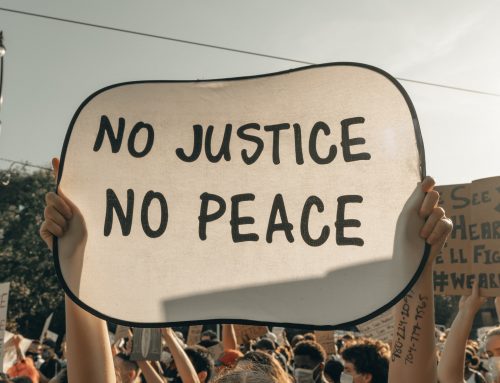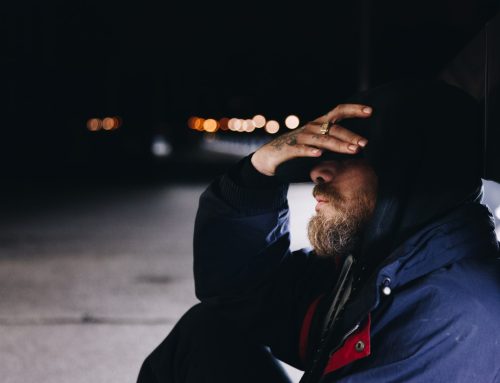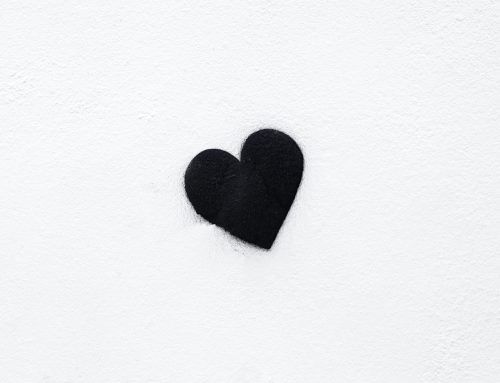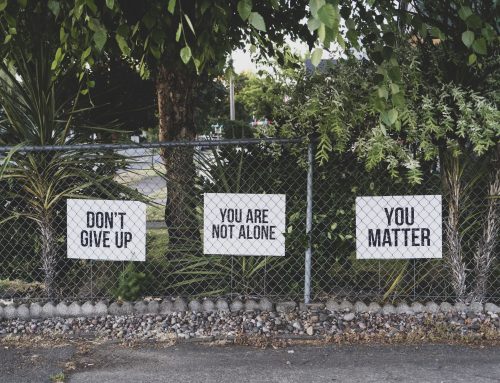What does an anxiety attack feel like?
When Sarah Fader first asked me to write for Stigma Fighters a few weeks ago, I initially felt a sudden rush of pride and excitement. I pictured how liberating it would be to finally go public in discussing my anxiety attacks after having bottled it up inside for so long and only seeking treatment in the last few years. This was going to be a good thing, right? Just sit down and let the words pour out.
Well, it turns out that it wasn’t quite that easy. You see, a lot of us anxiety sufferers tend to over think things – especially when it comes to something like talking about things that bother us. It’s easy to get caught up in a tornado – trying to somehow organize your thoughts when the world appears to be spiraling out of control.
I could talk about the night terrors that I had as a kid or how I was bullied up until the time I graduated from high school. I could also write about my experiences in the high stress world of corporate sales and how that had an impact on my personality or I could tell you the one about how I finally ended up in therapy. Some of you might also be interested in the undiagnosed nervous breakdown I had in college after a toxic relationship that I was involved in ended. All of them (I think) would make for good posts. Where do you start?
Going through various drafts, I found myself taking several steps back – and I don’t mean that in a bad way. This is my first post and while I hope I do get invited back, I thought it best to try and answer a question that quite often enough gets asked of me.
So, what does an anxiety attack really feel like anyway?
Over the years, I’ve refined my answer but, it generally goes like this – at least for me although I’m sure other people have different experiences. Imagine the single worst nightmare you’ve ever had – something that really scared the living hell out of you. Then you have that moment where you wake up covered in sweat and looking around your room. Part of your brain knows that you’re safe but, another part is still wired by the imaginary fear that you have and in this instant, it’s hard to tell the difference between safety and terror.
Are you with me so far? Good. I’ll continue.
Now imagine this fear magnified tenfold – or a hundredfold. Instead of being in your nice safe warm bed, this sense of dread gives you a big sloppy kiss on the lips when you’re sitting at your desk at work or on your commute home. Something as innocuous as a poorly timed email or phone call or even a questionable side glance from the barista who sells you your coffee can trigger this feeling. It happens right in the middle of your workday, hits you without warning and unlike a nightmare that you can shake off in a few minutes, this thing lasts for several hours (if you’re lucky because it’s a short one) but, usually days.
This is the part where most would say “That sounds terrible! How could anybody cope with that?”
Sadly, many of us don’t and it leads to much greater problems. I consider myself one of the lucky ones in that I had a strong support system through my wife and two closest friends who supported me unconditionally when I finally said I’d had enough and wanted to finally get things under control. Oddly enough, I have learned a couple of things that make me smile and I will share them with you.
Firstly, it is possible to bully yourself. Over the course of my sessions, I discovered that I had been hurling insults at a younger version of myself for not having the balls to stand up to his aggressors. This made me no better than the bullies on the playground. When you start out in treatment, a large part of the process is forgiving yourself – and that is a lot harder than it sounds.
Secondly, the word “normal” now makes me angry. It’s tossed around as a colloquialism for good or passable behavior when often times it shouldn’t be. Unless you’re trying to put underwear on your cat and teach it to sing the Star Spangled Banner, we’re all normal to some extent – just on different wavelengths. And there is a sentence that I never thought I would see myself type.
Lastly, I really resent people who think they’re being helpful by approaching me with phrases like “You look like someone just shot your dog” when they see I’m having a bad day. My stock reply now is to offer a big bright smile and say “Thanks, Barry!” (all the villains in my stories are named Barry, by the way) “I feel a lot worse!”
My point is that we know that we feel bad and having you highlight it for us with strong language only makes us feel worse because it reinforces the negative feelings we already have. If you see somebody who is obviously having an anxiety attack, why not try offering them a friendly ear and a glass of ice water – or in my case – a glass of milk and a peanut butter sandwich.
Well, that’s all I have to say for today. Big thanks to Sarah and the rest of the Stigma Fighters team for all their positive energy. The world needs more people like this!
Casey Ryan is the host and creator of “The Cutting Room Floor” – a talk-radio style podcast that seeks to promote independent entertainers of all types. Casey has an extensive background in corporate sales and often uses his skills to help market his guests’ projects on air. T
Casey can be found on Facebook and Twitter.
If you enjoyed this post, please take a few moments to leave a comment, or share with your friends using the share buttons below.









One of the hardest things in the world to do is to describe pain in a way that others can understand. Well, I’d say you got closer to making me feel your pain that many others have failed to do.
The ice water is something I look whenever my anxiety jumps out at me. Not a fun topic, but it was an enjoyable read.
Thanks for the kind feedback! It really means a lot. I tried to be as honest as possible.